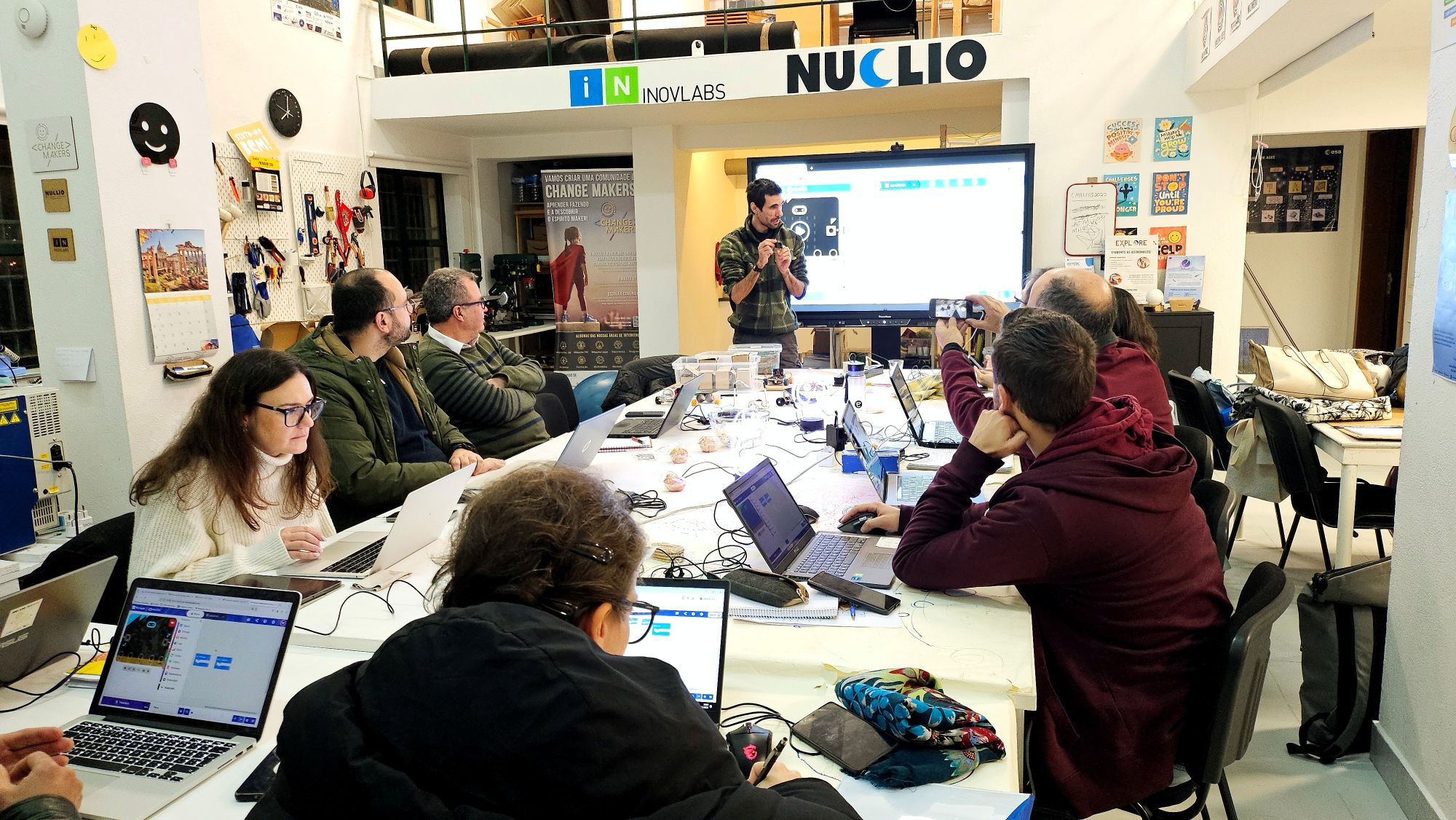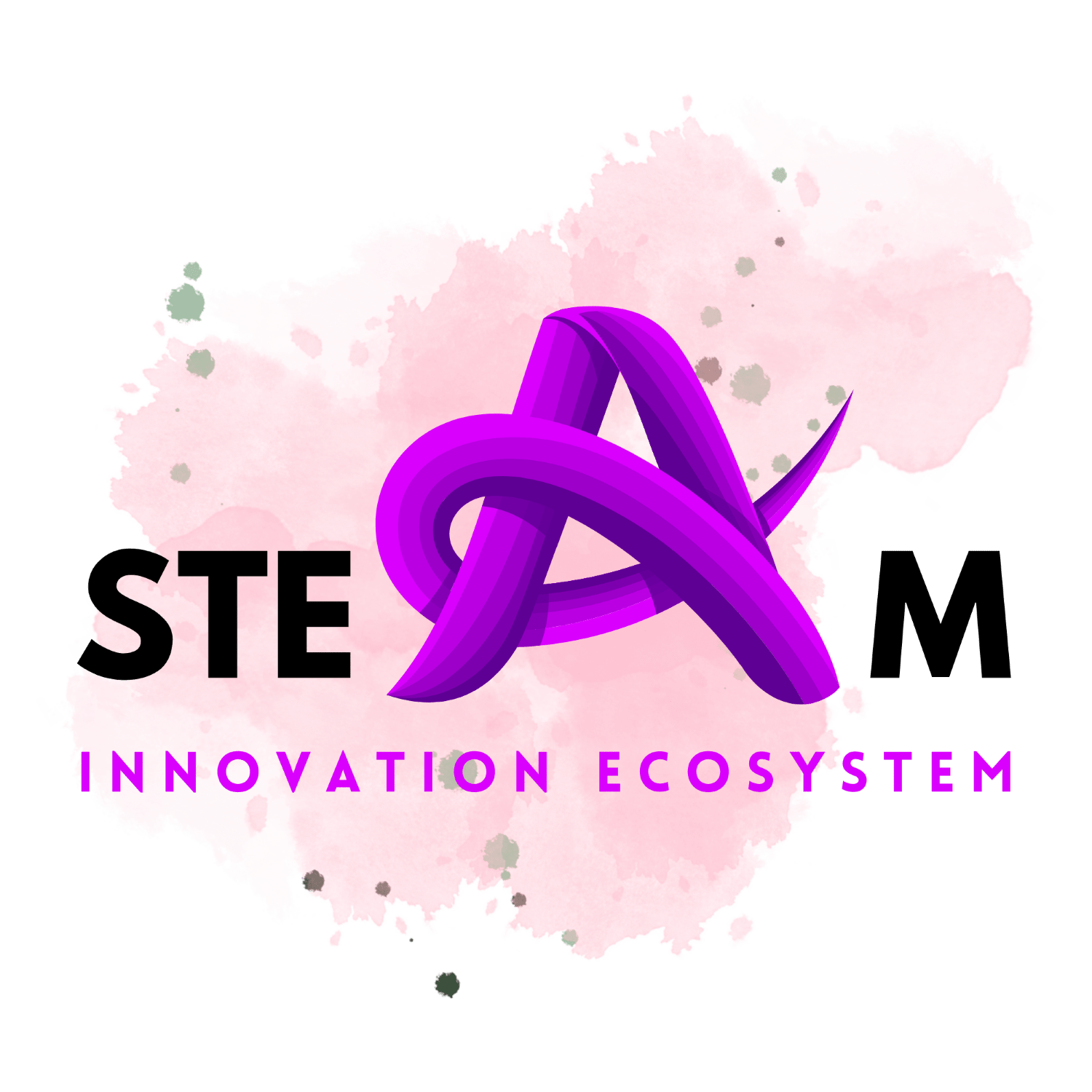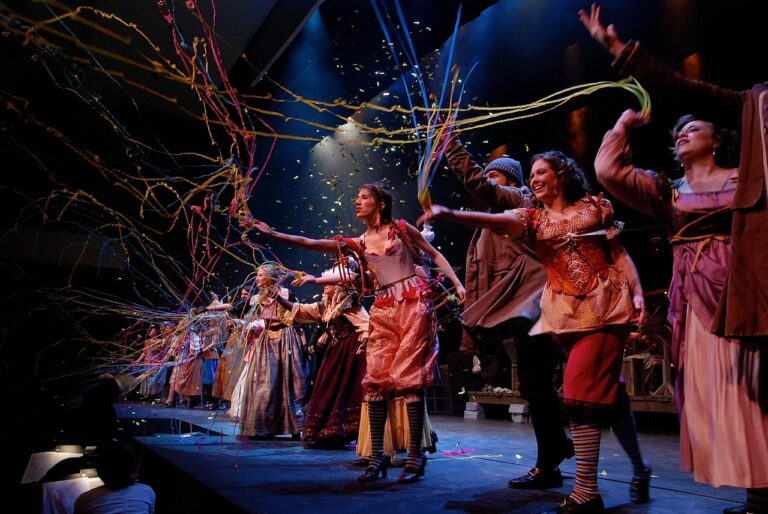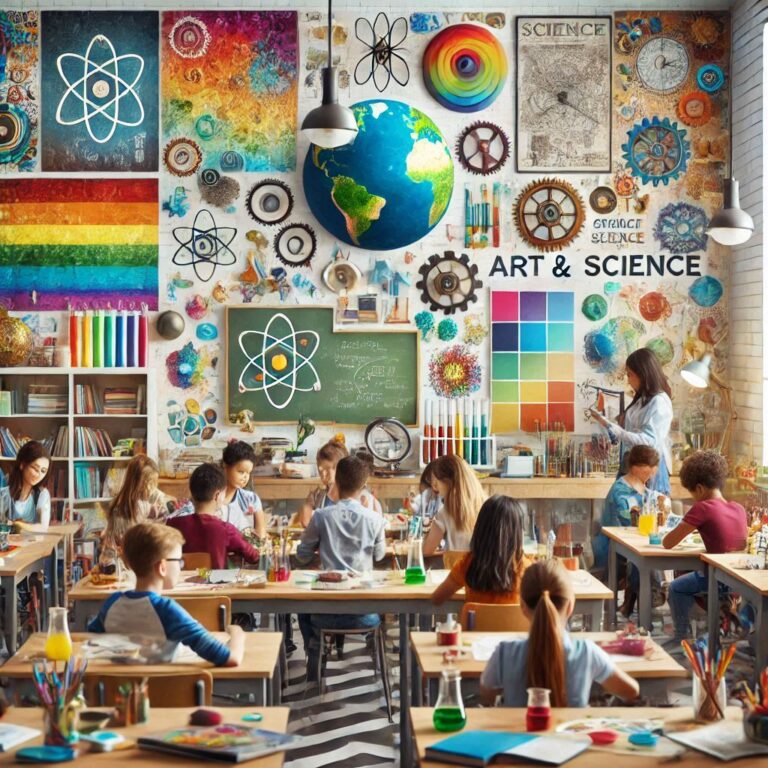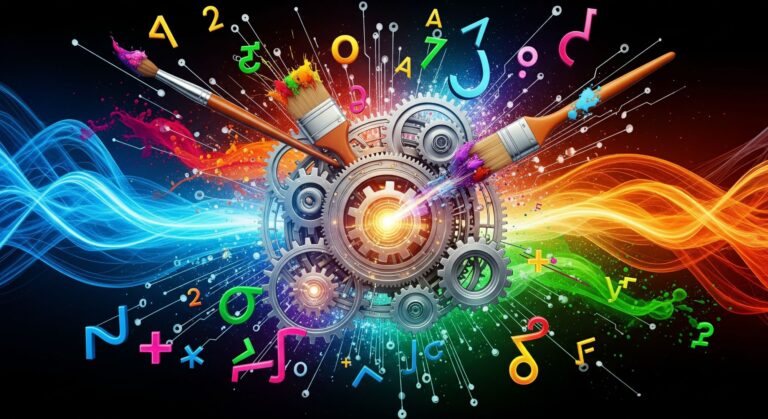Article by Nuclio
In the context of the STEAM Innovation project, NUCLIO organised a workshop and forum with the title “To the Rhythm of STEAM” at the Change Makers space in São Domingos de Rana, Portugal on 6th of February 2025. To explore how the fusion of science, technology, engineering, arts, and mathematics is transforming society and can transform education, we gathered 12 experts and practitioners from different fields.
Participants were specialists in science, arts, and cultural and creative industries (CCIs), representatives of scientific institutions, musicians, and stakeholders from various areas, whose diverse expertise was fundamental to the enrichment of the discussions and in building a broad, innovative vision for STEAM education.

Objectives
The main objective of “To the Rhythm of STEAM” was to gather insights from specialists and institutional representatives in cultural and scientific fields to explore interdisciplinary approaches that could help to improve STEAM practices on learning and creativity and ways to bridge the gap between academia and industry. Furthermore, it was expected that their perspectives would help the STEAM INNOVATION project develop a rigorous educational framework, ensure students’ learning is grounded in robust STEAM principles and stimulate creativity by using art as a catalyst for engagement and innovation in teaching. The activity also aimed to promote a culturally relevant environment through the integration of diverse points of view, in order to reflect the evolving needs of modern education.

During the workshop, specialists discussed several key questions, including:
- What are the most relevant STEAM practices in their professions?
- How can art and culture make STEM subjects more accessible and motivating for students?
- How can professionals contribute to bridging the gaps in STEAM education and teacher training?
- What future trends might shape STEAM careers in the coming decades?
Specialists’ discussions produced enriched insights that could help shape the future of STEAM education. The experts found key points of consensus:
- Specialists agreed that the interdisciplinary combination of science, technology, engineering, arts and mathematics promotes improved problem-solving, communication and public engagement skills.
- It is very important to effectively communicate and translate complex scientific ideas into accessible narratives, with visualisation and storytelling emerging as vital tools.
- Direct engagement between students and industry professionals is essential to deepen students’ understanding of practical activities and provide real-world applications.
- Art is important not only for its expressive value but also as a way to make abstract STEM concepts more relatable.
- Specialists acknowledged the role of automation and digital tools in modern education, but they highlighted the need to balance these advancements with human creativity and intuition.
- Specialists pointed out that through interactive and sensory-rich experiences it is possible to engage learners on an emotional level, leading to more meaningful educational outcomes.
Despite this, specialists showed concern regarding the definition of art within STEAM and the potential risk of technology overshadowing human creativity. There was also a lively discussion about how the roles in STEAM careers might require a balance between broad interdisciplinary skills and specialised expertise.
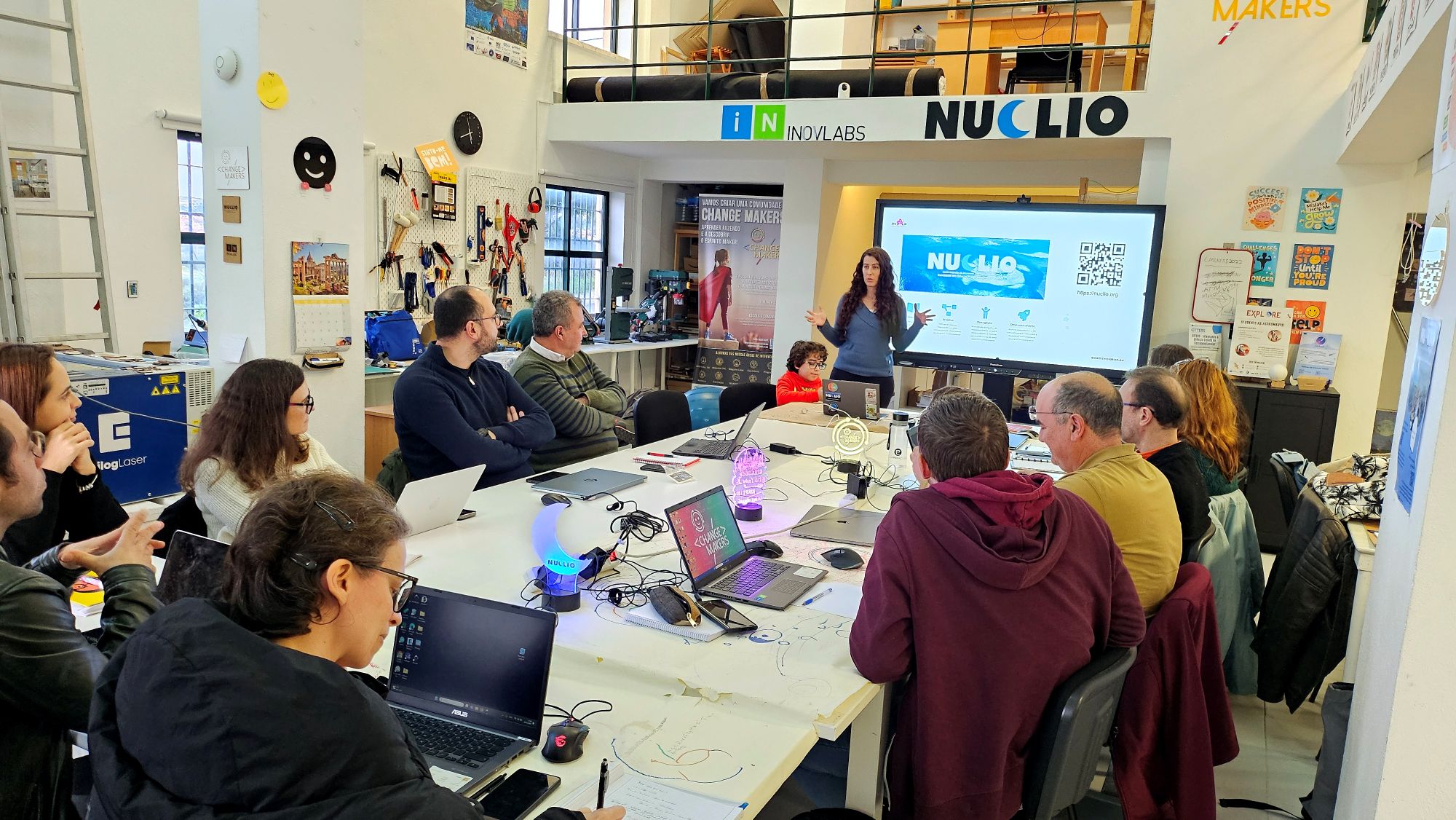
Challenges and Opportunities
In the forum, specialists identified several challenges, for example, the need to integrate real-world experiences into traditional classroom activities and to keep pace with rapid technological changes. With these challenges lie significant opportunities:
- Strengthening Industry-Academia ties through workshops, open days, and mentorship programs. Professionals can be an important pillar in bridging the gap between theoretical learning and practical application.
- Leveraging Educational Technology is possible through advancements in digital tools that offer the potential to create more interactive and efficient learning environments.
- Fostering Cross-Disciplinary learning through collaborative projects about different fields can enrich the educational experience and better prepare students for future careers.
- Redefining STEAM Careers as the role of automation and AI evolves. Through that, new career pathways will emerge, which enriches creative problem-solving and innovation.
“To the Rhythm of STEAM” forum offered valuable insights to the project, in relation to the current state and future perspectives of STEAM education and careers. It highlighted the challenges and opportunities that lie ahead. It showed us the importance of collaboration between professionals, educators, and institutions to foster a more holistic and accessible STEAM learning environment and highlighted the importance of offering environments where different stakeholders can gather and discuss
The forum was celebrated through an engaging STEAM exercise where participants learned how to sonify data using a microcontroller and sensors. Everyone enjoyed a fun learning moment to the rhythm of STEAM.
